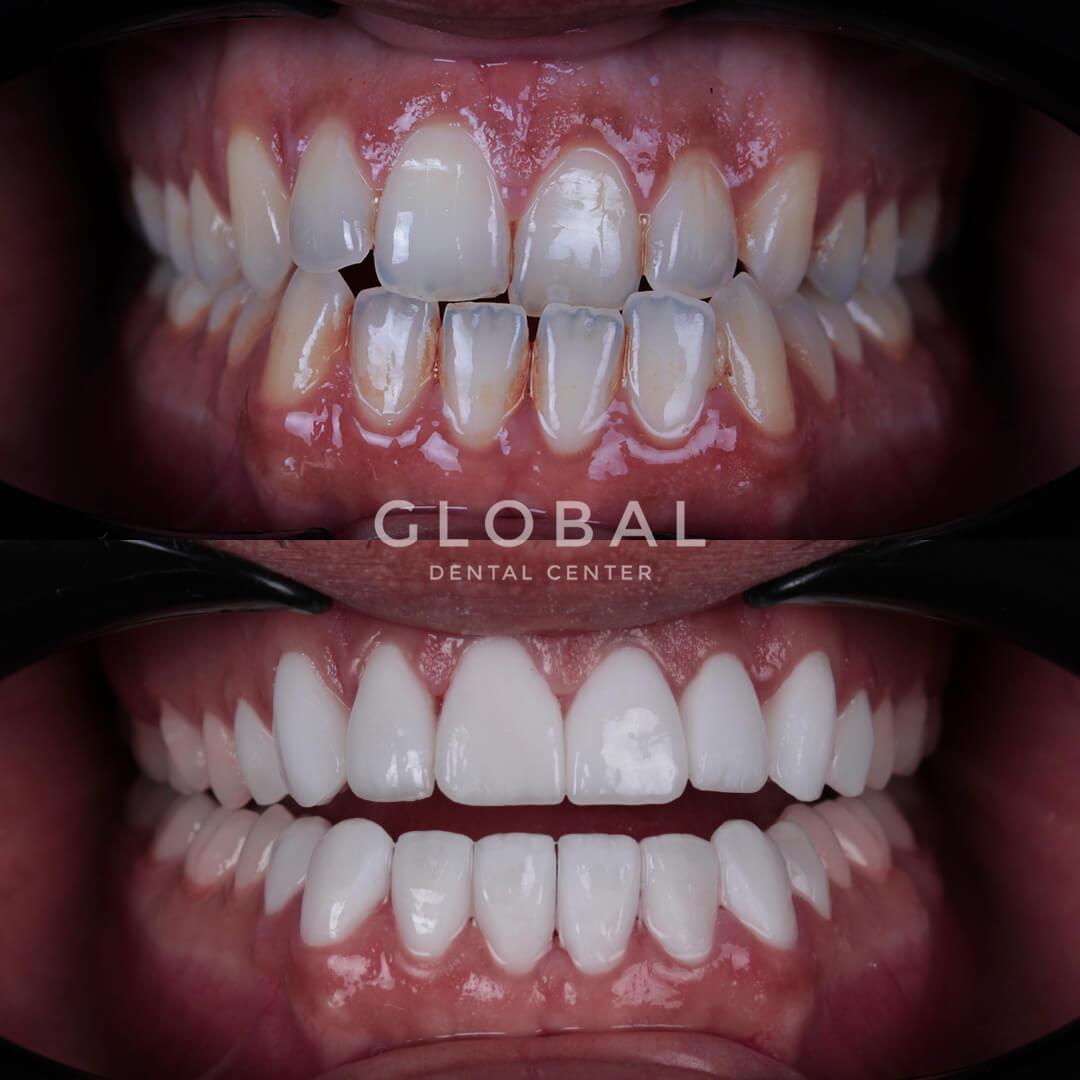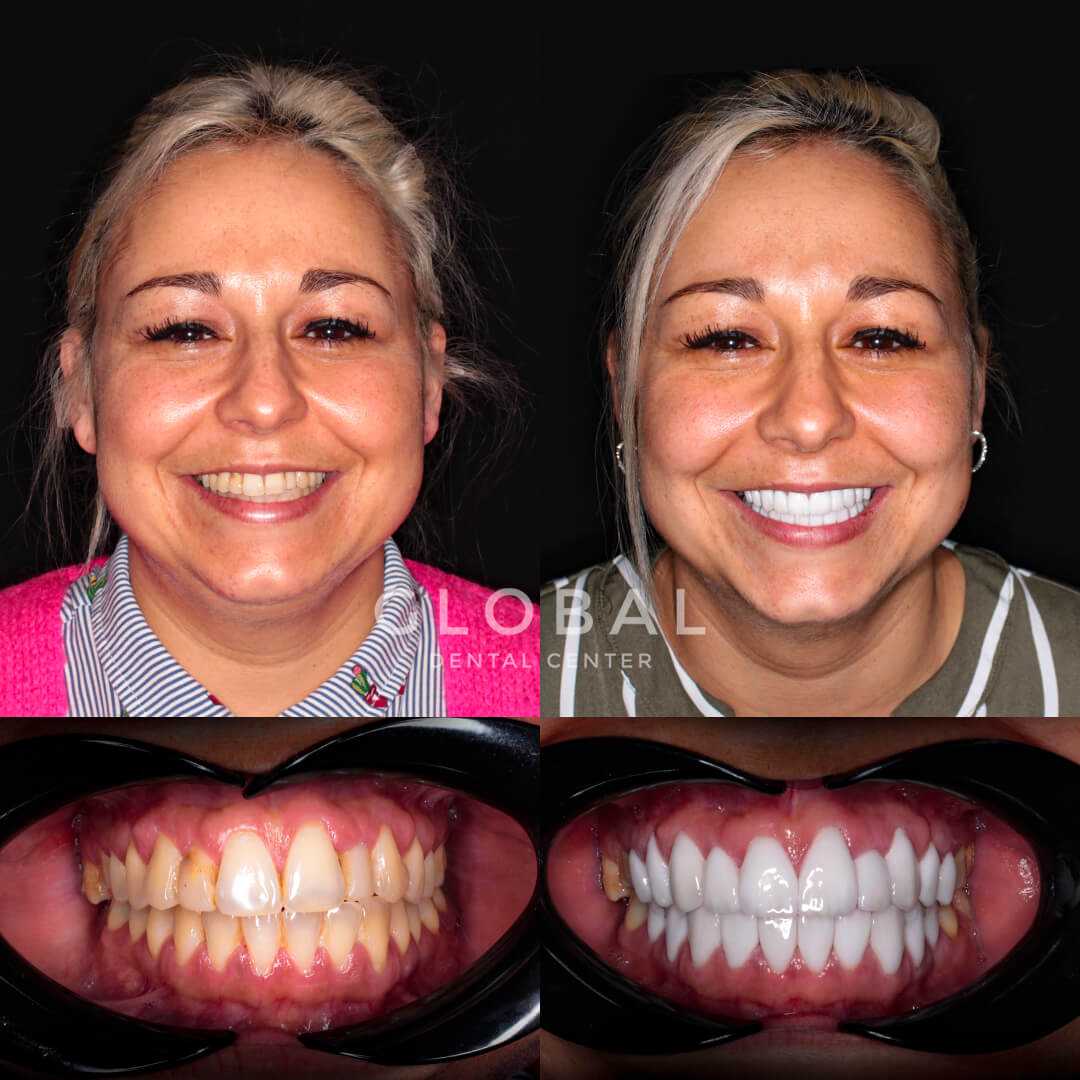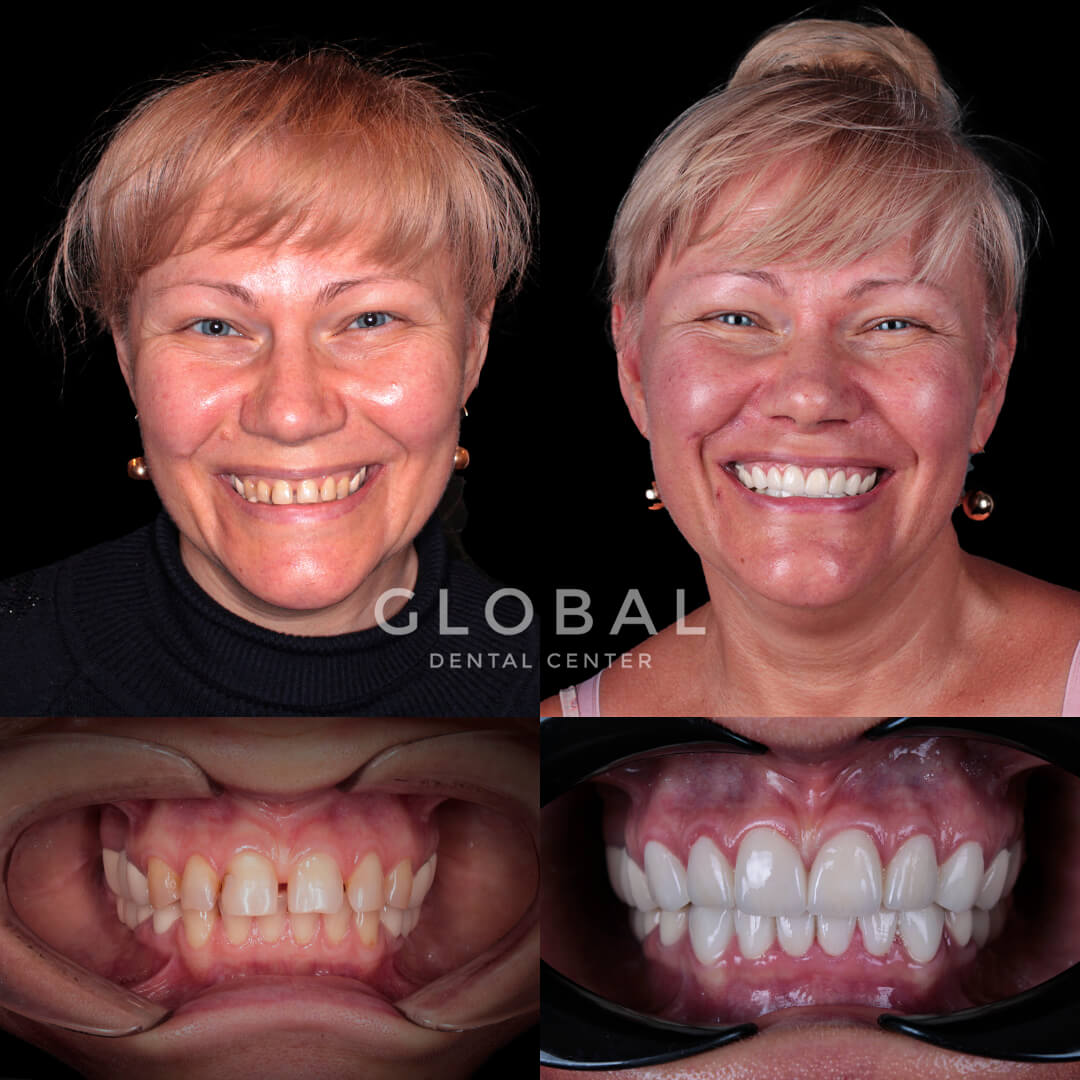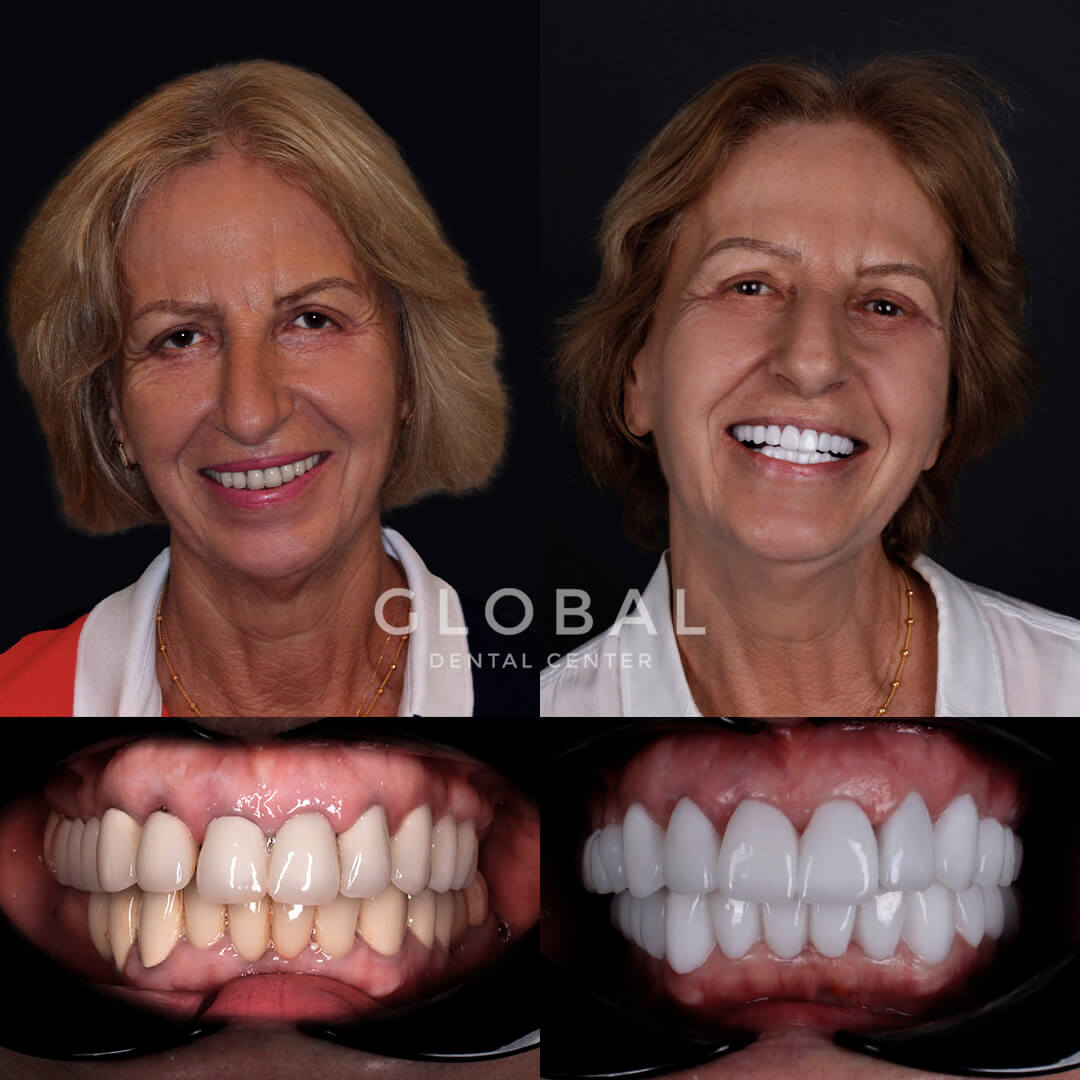Whitening is the process of whitening the teeth according to their previous tone by removing the stains that penetrate the structure of the teeth (enamel and dentin layer) for various reasons. The natural colors of the teeth darken over time. The discoloration on the teeth can be removed by cleaning and polishing the teeth. However, it is possible to remove discolorations that cannot be removed in this way or to lighten the tooth’s own color a few more tones. Porcelain etc. to these teeth. Instead of having it done, the whitening method, which is a more protective method, is applied and at the end of this process, the teeth can be opened up to eight to ten tons depending on the situation.
Bleaching techniques
Bleaching techniques may be classified as to whether they involve vital or non-vital teeth and whether the procedure is performed in the clinic or outside the clinic.
Office bleaching
This method is applied in a controlled manner under the direct supervision of the dentist in the clinic. After all soft tissues are isolated with a light-curing barrier, a whitening gel is applied to the teeth and activated by light. The process can be repeated until the desired whiteness is achieved. In office whitening, hydrogen peroxide (concentrations ranging from 15% to 38%) is applied directly to the tooth surface. To accelerate the bleaching process, bleach can be “photo-activated” using light emitting diodes (LED), plasma arc, quartz halogen, ultraviolet units and lasers; This is called “power bleaching”. The application of the light activation method ensures that the treatment time is shortened and the negative effects of bleaching agents are reduced.
Home bleaching
Home bleaching is a reliable method made with various materials under the control of a dentist at home. The dentist takes measurements from the teeth and gives them to the laboratory. From this measure, a thin transparent plate is prepared for the person that fits the teeth perfectly.
Tooth whitening is applied to this plaque before going to bed at night and the plaque is adhered to the teeth. The bleaching process takes place at night during sleep. Treatment takes one to two weeks. Home vital bleaching typically uses carbamide peroxide in concentrations of 10 to 16%; this represents low hydrogen peroxide concentrations.
Walking bleaching
This technique provided a dependable treatment modality for teeth bleaching, but its use was obviously limited to endodontically treated teeth. 30%-35% hydrogen peroxide and sodium perborate either in combination or separately are the most commonly used agents for non-vital bleaching of endodontically treated teeth, in which oxidation reaction and degradation of pigment molecules are resulted.
Is whitening safe or does it harm the teeth?
Studies have shown that there is no harm in the use of tooth whitening systems under the control of a dentist. With your dentist’s post-bleaching fluoride applications, bleaching is an even safer process. They are uncontrolled whitening products sold in pharmacies that harm teeth.
How long will my teeth get maximum whitening?
Results are different. While some teeth are whitened in a shorter time, for others, one or two sessions may be required. The more yellowing than graying on your teeth, the better the whitening will be. The graying caused by the use of antibiotics is more difficult to whiten and may require a longer process to achieve the result.
How long does whitening keep its effect?
After bleaching, the color of the teeth never returns to its original color, but some discoloration occurs between 6 months and two years. This coloration differs according to eating habits. It should be checked 6 months after bleaching, if necessary, tartar cleaning, polishing and once home whitening is recommended.
Will whitening gel coating whiten my porcelain crowns?
Porcelain veneered crowns and bridges cannot be whitened. These may need to be changed to match the color of your newly whitened tooth.
how long should i stay away from drinks such as tea and coffee after bleaching?
After bleaching, it is necessary to stay away from tea, coffee, cigarettes, cola, red wine, acidic drinks and colored foods for approximately 2 days, ie 48 hours (ideally 7-10 days), because the effect of bleaching continues on the dentin tubules. Colored foods and drinks should also be avoided during this period.






Free Consultation Form